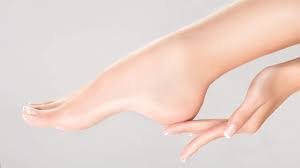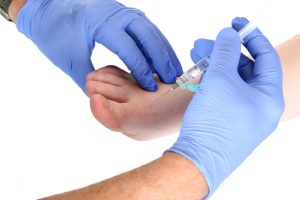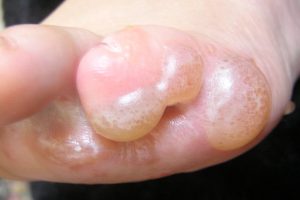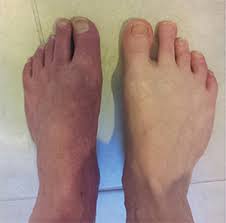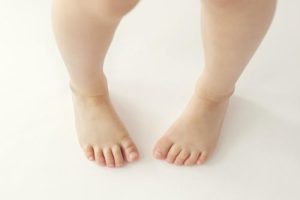
COVID toes is a term used to describe chilblain-like lesions on the feet that may appear in some people infected with the COVID-19 virus. Chilblains are small, itchy, painful swellings that develop on the skin in response to cold weather. COVID toes may present as red or purple discolouration, swelling, or small, fluid-filled blisters on the toes, and may be accompanied by a burning or itching sensation. It is not entirely clear why COVID toes develop, but it is thought to be related to an immune response to the virus. COVID toes are not a definitive sign of COVID-19 infection and can also occur in people without COVID-19. However, if you notice any unusual symptoms on your feet, you should contact a healthcare professional for advice.

